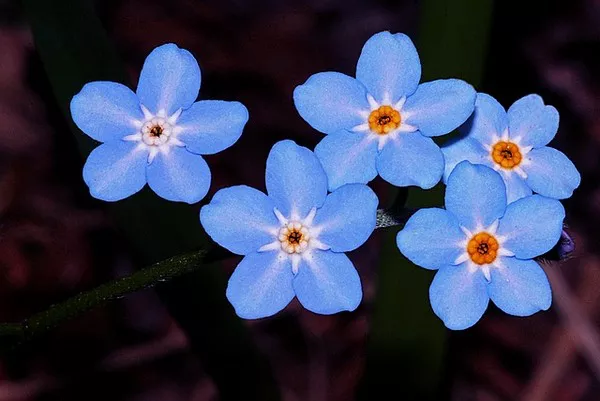As we bid farewell to April’s entrance and welcome the promise of May flowers, the timeless adage “April showers bring May flowers” resonates. Penned by Louis Silvers and B.G. De Sylva, and immortalized by Al Jolson in the 1921 Broadway musical “Bombo,” these words echo the anticipation of nature’s bloom.
Originally coined for regions like the United Kingdom and Ireland, where early April deluges herald the arrival of floral abundance in late April and early May, this sentiment now finds resonance in central Ontario’s shifting landscape. Traditionally, flowers in this region didn’t grace us until late May. However, recent years have witnessed a transformative change. Early blooms, once a rarity, now punctuate the landscape as early as April, or even late March.
Observing this botanical phenomenon closely, we note the early emergence of flora like skunk cabbage, setting new precedents with its March debut. Yet, the challenge persists for plants to gauge the optimal time for blooming amidst the lingering threat of late frosts or snowfalls well into May.
This past week offered glimpses of nature’s awakening. Despite temperatures hovering around 5 degrees Celsius and snow-free terrain, buds of sharp-lobed hepatica remained tightly closed, deferring their bloom. Conversely, at the Gables in Barrie, March 28 unveiled a tapestry of spring snowflakes, common snowdrops, and winter aconite in full bloom, signaling the onset of floral festivities. Subsequent days saw the debut of spring crocus on lawns, followed by the inaugural blossoms of sharp-lobed hepatica, Siberian squill, and Forbes “Blue Giant” chionodoxa, adorning the landscape with their vibrant hues.
With the imminent bloom of urban-planted bulbs like scillas, squills, puschkinias, and chionodoxas, it’s worth delving into the nuances that distinguish these floral varieties. Scillas, characterized by round filaments, present themselves in varying hues of blue and white, often sporting multiple flowers per stem. Notably, the Forbes “Blue Giant” variety stands out with its deep blue petals and distinctive white base, a common sight in our region.
Diving deeper, chionodoxas reveal themselves in two distinct groups. The “Forbesii” group boasts even-length filaments, forming a cone-like structure, adorned with numerous small flowers. Conversely, the “Luciliae” group features fewer, albeit larger, flowers per stalk, distinguished by cylindrical to pyramidal unfused coronas. Complementing these are the early white squill and spring squill, each adding their unique charm to the floral symphony.
For enthusiasts seeking striped squill, characterized by lobed coronas, Puschkinia scilloides is a prime choice. Its appearance before fully developed leaves makes it a standout addition. Meanwhile, Puschkinia peshmenii, though less common, offers a unique allure with its post-foliage bloom. Further exploration reveals Puschkinia bilgineri and Scilla vardaria, each with distinct floral characteristics, enriching the botanical landscape.
As April unfolds, heralding the transition from showers to blooms, Ontario’s flora offers a captivating glimpse into nature’s resilience and beauty. With each petal unfurled, a testament to the seasonal cycle unfolds, encapsulating the timeless allure of spring’s arrival.


